Screening Scheme Evaluation of the Assembly Process Based on the Stress-Strength Model and Defect Stream Analysis
Abstract
1. Introduction
2. Stress-Strength Model in Assembly Unit
2.1. Defect Analysis in Assembly Unit
2.2. Stress-Strength Model with Competing Failure
- Lack of distribution data;
- There are several random variables affecting product reliability, and the stress-strength interference model cannot be applied directly to n-dimensional vectors.
- Step 1: Assign the initial value to each random variable, generally taking the average value of each variable;
- Step 2: Compute the partial differentiation of function Z at the current value point of each random variable ;
- Step 3: Compute the sensitivity coefficient :
- Step 4: Compute the reliability coefficient β:
- Step 5: Insert β into the formula below and obtain the new value of xi*:
- Product failure is caused by only one of the two failure mechanisms, T1 and T2 represent the occurrence time of mechanism 1 and mechanism 2, respectively; they are independent of each other, and the product life is T = min(T1, T2)
- At the normal stress level, the occurrence time of mechanism j (j = 1, 2) obeys the Pareto distribution, and its reliability function and inefficiency function are, respectively:where is the scale parameter, is the shape parameter and they are known.
- At stress level Si, the failure rate function of mechanism j (j = 1, 2) is:
3. Screening Scheme Evaluation with Defect Stream Analysis
3.1. Defect Stream Modeling
3.2. Quantification Defines Defect
3.3. Quantitative Characterization of Defect Stream
3.4. Screening Scheme Evaluation
4. Case Study
5. Summary and Conclusions
Author Contributions
Funding
Conflicts of Interest
References
- Zhang, J.; Li, Y.; Yu, J.F.; Zhang, K.F. Producing performance analysis method for aircraft assembly unit based on Markov chain. Comput. Integr. Manuf. 2010, 16, 1844–1851. [Google Scholar]
- Kim, K.O.; Zuo, M.J.; Kuo, W. On the relationship of semiconductor yield and reliability. IEEE Trans. Semicond. Manuf. 2005, 18, 422–429. [Google Scholar] [CrossRef]
- Huang, Y.; Dai, W.; Mou, W.; Zhao, Y. Uncertainty evaluation in multistage assembly process based on enhanced OOPN. Entropy 2018, 20, 164. [Google Scholar] [CrossRef]
- Franciosa, P.; Palit, A.; Vitolo, F.; Ceglarek, D. Rapid response diagnosis of multi-stage assembly process with compliant non-ideal parts using self-evolving measurement system. Proc. CIRP 2017, 60, 38–43. [Google Scholar] [CrossRef]
- Siddiqui, J.; Ortega, J.; Albus, B. On the Relationship between Semiconductor Manufacturing Volume, Yield, and Reliability. In Proceedings of the IEEE International Reliability Physics Symposium Conference on Reliability Physics Symposium, Monterey, CA, USA, 2–6 April 2017. [Google Scholar]
- Kim, K.O.; Oh, H.S. Reliability functions estimated from commonly used yield models. Microelectron. Reliab. 2008, 48, 481–489. [Google Scholar] [CrossRef]
- Zhao, J.; Sun, Y.; Chai, L.; Li, P.; Lu, Y. Parameter analysis of defect rate of electrical equipment based on weibull distribution. Hebei Electr. Power 2015, 34, 1. (In Chinese) [Google Scholar]
- Whitney, J.M. A residual strength degradation model for competing failure modes. In Long-Term Behavior of Composites, ASTM STP 813; O’Brien, T.K., Ed.; American Society for Testing and Materials: Philadelphia, PA, USA, 1983; pp. 225–245. [Google Scholar]
- Xie, L.; Gong, Y. Series system failure rate modeling by load-strength interference analys. In Proceedings of the 2013 International Conference on Quality, Reliability, Risk, Maintenance, and Safety Engineering, Chengdu, China, 15–18 July 2013; pp. 78–80. [Google Scholar]
- Jiang, L.; Feng, Q.; Coit, D.W. Modeling zoned shock effects on stochastic degradation in dependent failure processes. IIE Trans. 2015, 47, 460–470. [Google Scholar] [CrossRef]
- Zeng, Z.; Kang, R.; Chen, Y. Using PoF models to predict system reliability considering failure collaboration. Chin. J. Aeronaut. 2016, 29, 1294–1301. [Google Scholar] [CrossRef]
- Huang, W.; Askin, R.G. Reliability analysis of electronic devices with multiple competing failure modes involving performance aging degradation. Qual. Reliab. Eng. Int. 2003, 19, 241–254. [Google Scholar] [CrossRef]
- Peng, H.; Feng, Q.; Coit, D.W. Reliability and maintenance modeling for systems subject to multiple dependent competing failure processes. IIE Trans. 2010, 43, 12–22. [Google Scholar] [CrossRef]
- Lai, C.D.; Xie, M. Stochastic Ageing and Dependence for Reliability; Springer: New York, NY, USA, 2006. [Google Scholar]
- Navarro, J.; Rychlik, T. Comparisons and bounds for expected lifetimes of reliability systems. Eur. J. Oper. Res. 2010, 207, 309–317. [Google Scholar] [CrossRef]
- Wang, Y.; Pham, H. Modeling the dependent competing risks with multiple degradation processes and random shock using time-varying copulas. IEEE Trans. Reliab. 2012, 61, 13–22. [Google Scholar] [CrossRef]
- Bunea, C.; Bedford, T. The effect of model uncertainty on maintenance optimization. IEEE Trans. Reliab. 2002, 51, 486–493. [Google Scholar] [CrossRef]
- Wang, C.; Xing, L.; Levitin, G. Competing failure analysis in phased-mission systems with functional dependence in one of phases. Reliab. Eng. Syst. Saf. 2012, 108, 90–99. [Google Scholar] [CrossRef]
- Wang, C.; Xing, L.; Levitin, G. Reliability analysis of multi-trigger binary systems subject to competing failures. Reliab. Eng. Syst. Saf. 2013, 111, 9–17. [Google Scholar] [CrossRef]
- Wang, Y.; Xing, L.; Wang, H.; Levitin, G. Combinatorial analysis of body sensor networks subject to probabilistic competing failures. Reliab. Eng. Syst. Saf. 2015, 142, 388–398. [Google Scholar] [CrossRef]
- Hao, S.; Yang, J. Reliability analysis for dependent competing failure processes with changing degradation rate and hard failure threshold levels. Compute. Ind. Eng. 2018, 118, 340–351. [Google Scholar] [CrossRef]
- Cha, J.H.; Finkelstein, M. On a terminating shock process with independent wear increments. J. Appl. Probab. 2009, 46, 353–362. [Google Scholar] [CrossRef]
- Cha, J.H.; Finkelstein, M. On new classes of extreme shock models and some generalizations. J. Appl. Probab. 2011, 48, 258–270. [Google Scholar] [CrossRef]
- Finkelstein, M.; Cha, J.H. Stochastic Modeling for Reliability; Springer: New York, NY, USA, 2013. [Google Scholar]
- Elskamp, F.; Kruggel-Emden, H. Review and benchmarking of process models for batch screening based on discrete element simulations. Adv. Powder Technol. 2015, 26, 679–697. [Google Scholar] [CrossRef]
- Peng, K.; Yilmaz, M.; Tehranipoor, M.; Chakrabarty, K. High-quality pattern selection for screening small-delay defects considering process variations and crosstalk. In Proceedings of the Conference on Design, Automation and Test in Europe, Dresden, Germany, 8–12 March 2010; pp. 1426–1431. [Google Scholar]
- Kumar, S.; Omar, M.K. Stochastic re-entrant line modeling for an environment stress testing in a semiconductor assembly industry. Appl. Math. Comput. 2006, 173, 603–615. [Google Scholar] [CrossRef]
- Moreno-Lizaranzu, M.J.; Cuesta, F. Improving electronic sensor reliability by robust outlier screening. Sensors 2013, 13, 13521–13542. [Google Scholar] [CrossRef] [PubMed]
- Khatibi, G.; Czerny, B.; Magnien, J.; Lederer, M.; Suhir, E. Towards adequate qualification testing of electronic products: Review and extension. In Proceedings of the 2014 IEEE 16th Electronics Packaging Technology Conference, Singapore, 3–5 December 2014; pp. 186–191. [Google Scholar]
- Suhir, E. Analytical bathtub curve with application to electron device reliability. J. Mater. Sci. Mater Electron. 2015, 26, 6633–6638. [Google Scholar] [CrossRef]
- Wang, K.; Zhang, F.; Brodia, R.K. FEM modeling of in-plane stress distribution in thick brittle coatings/films on ductile substrates subjected to tensile stress to determine interfacial strength. Materials 2018, 11, 497. [Google Scholar] [CrossRef] [PubMed]

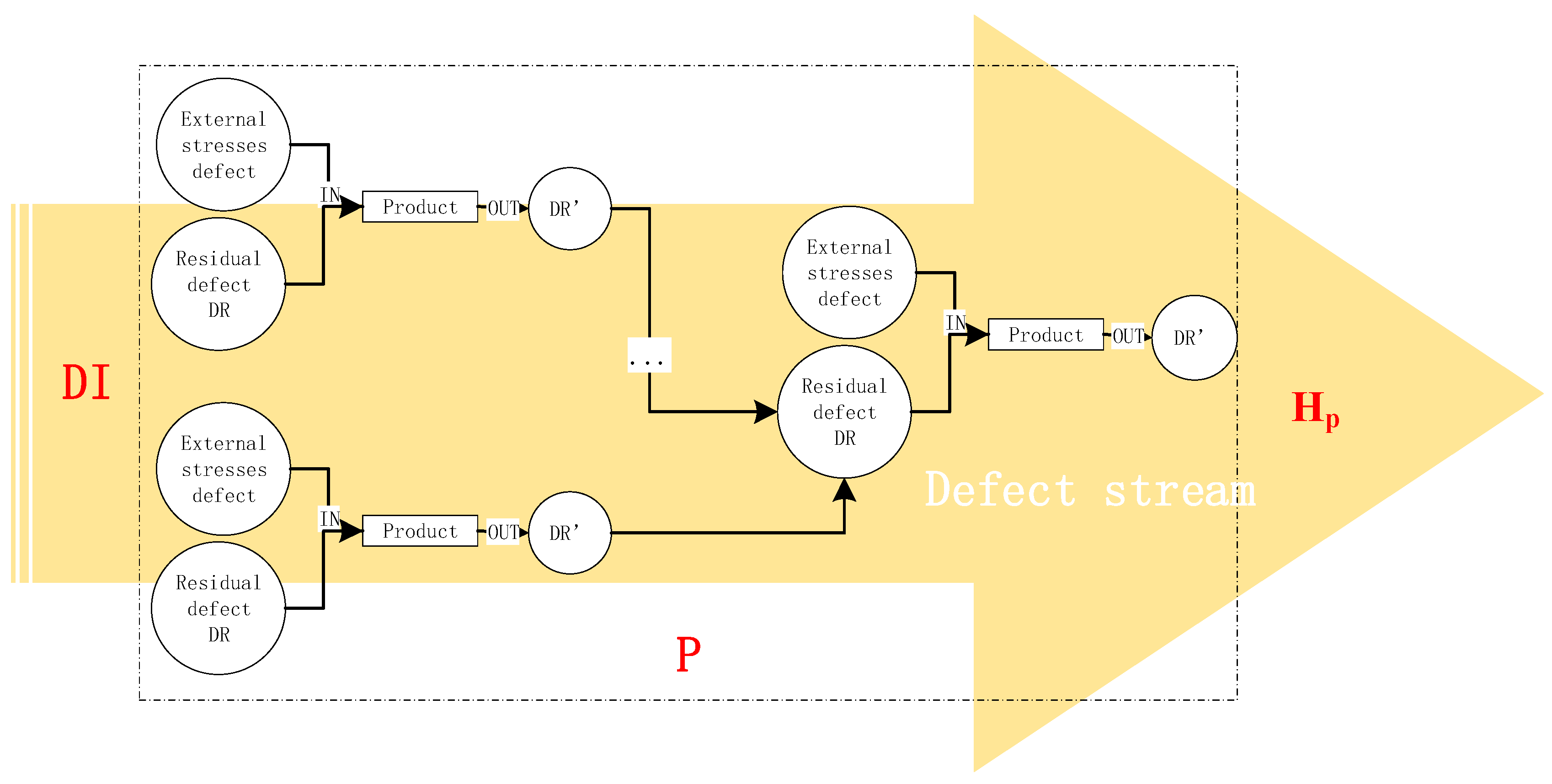

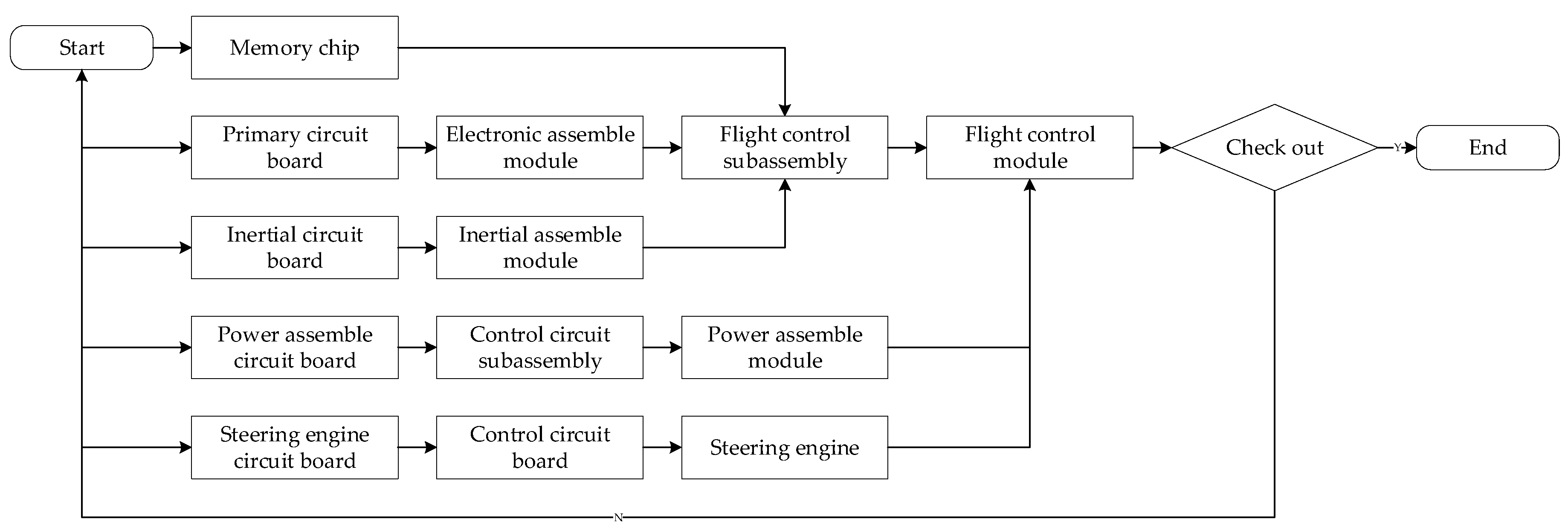


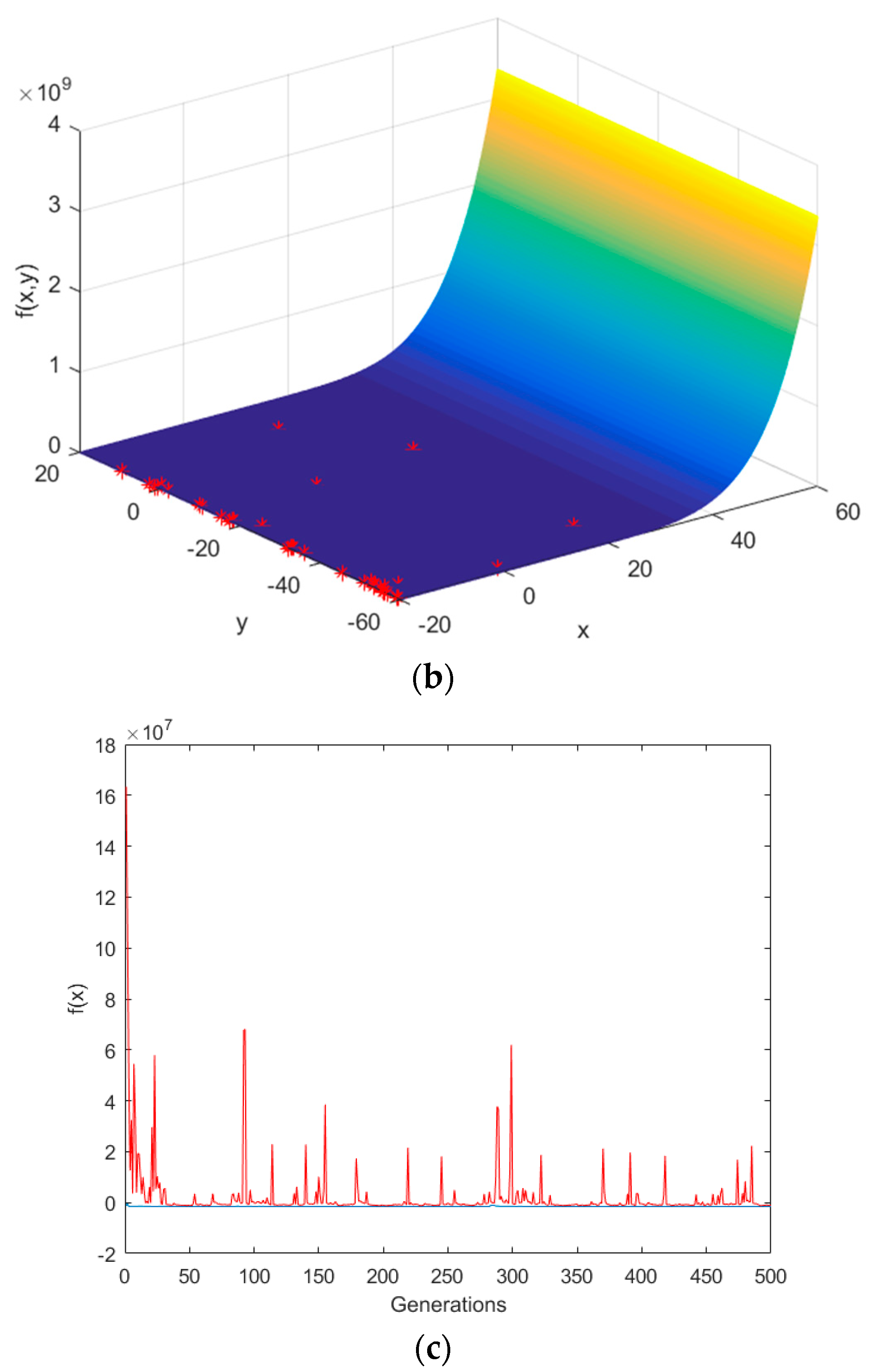
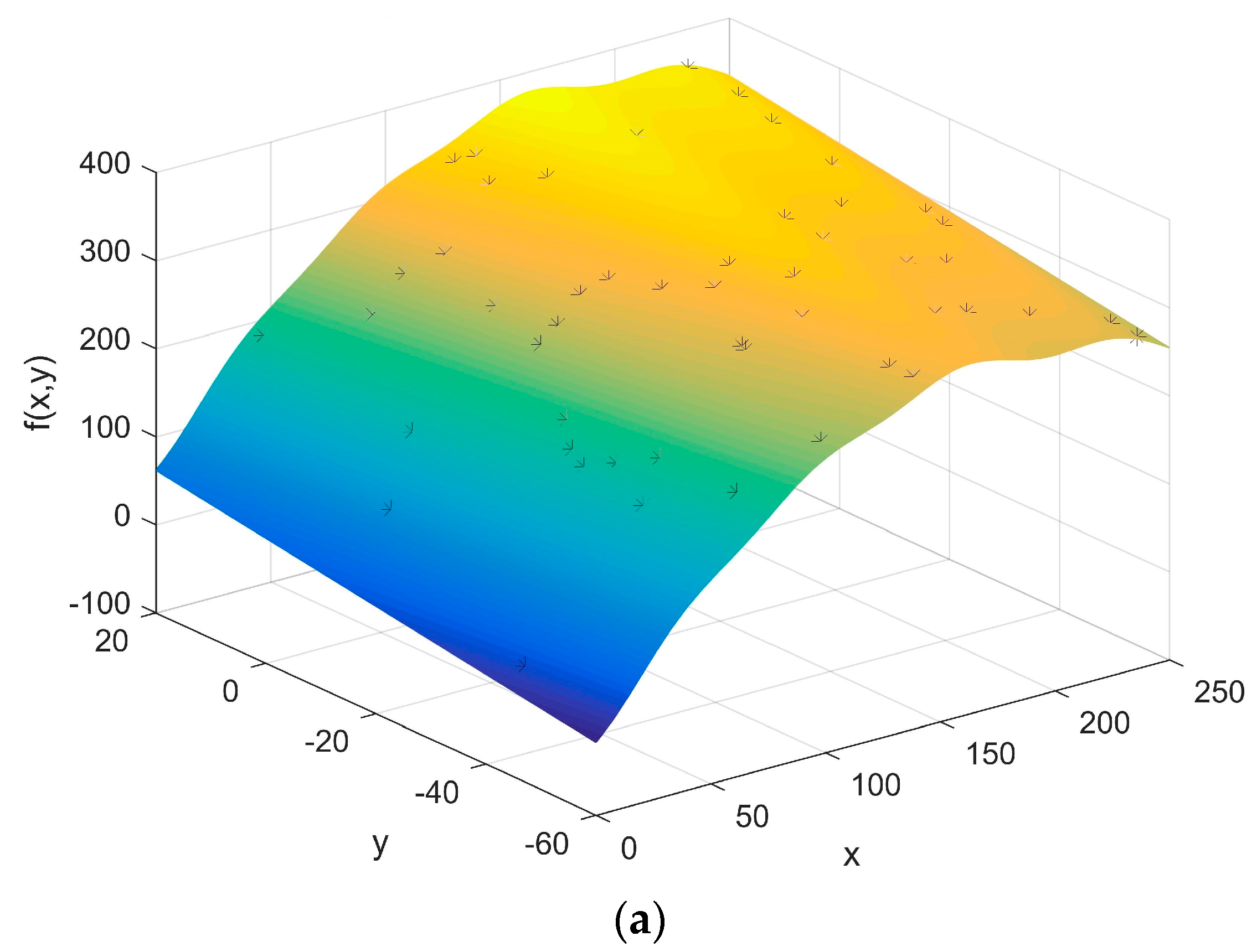
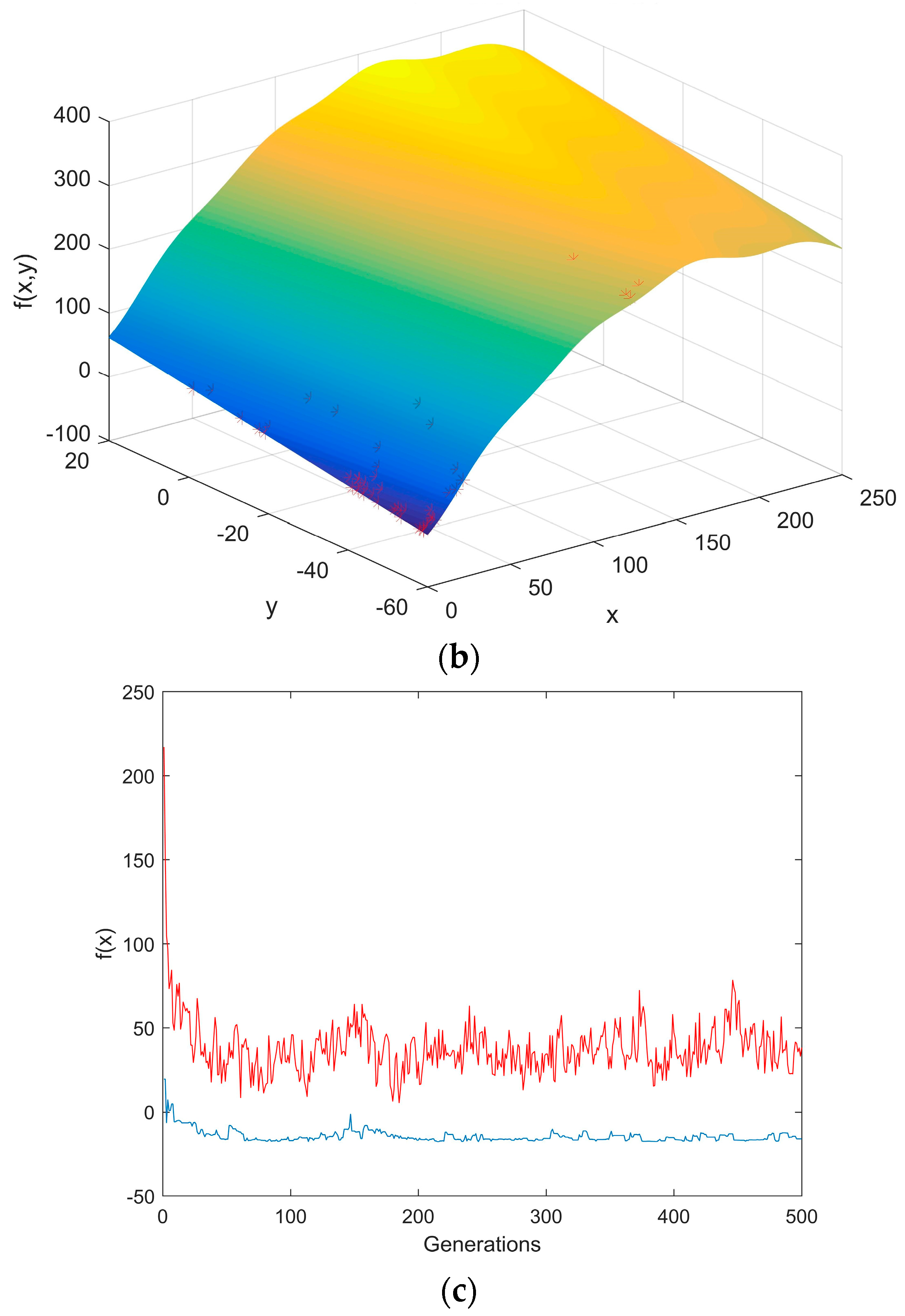
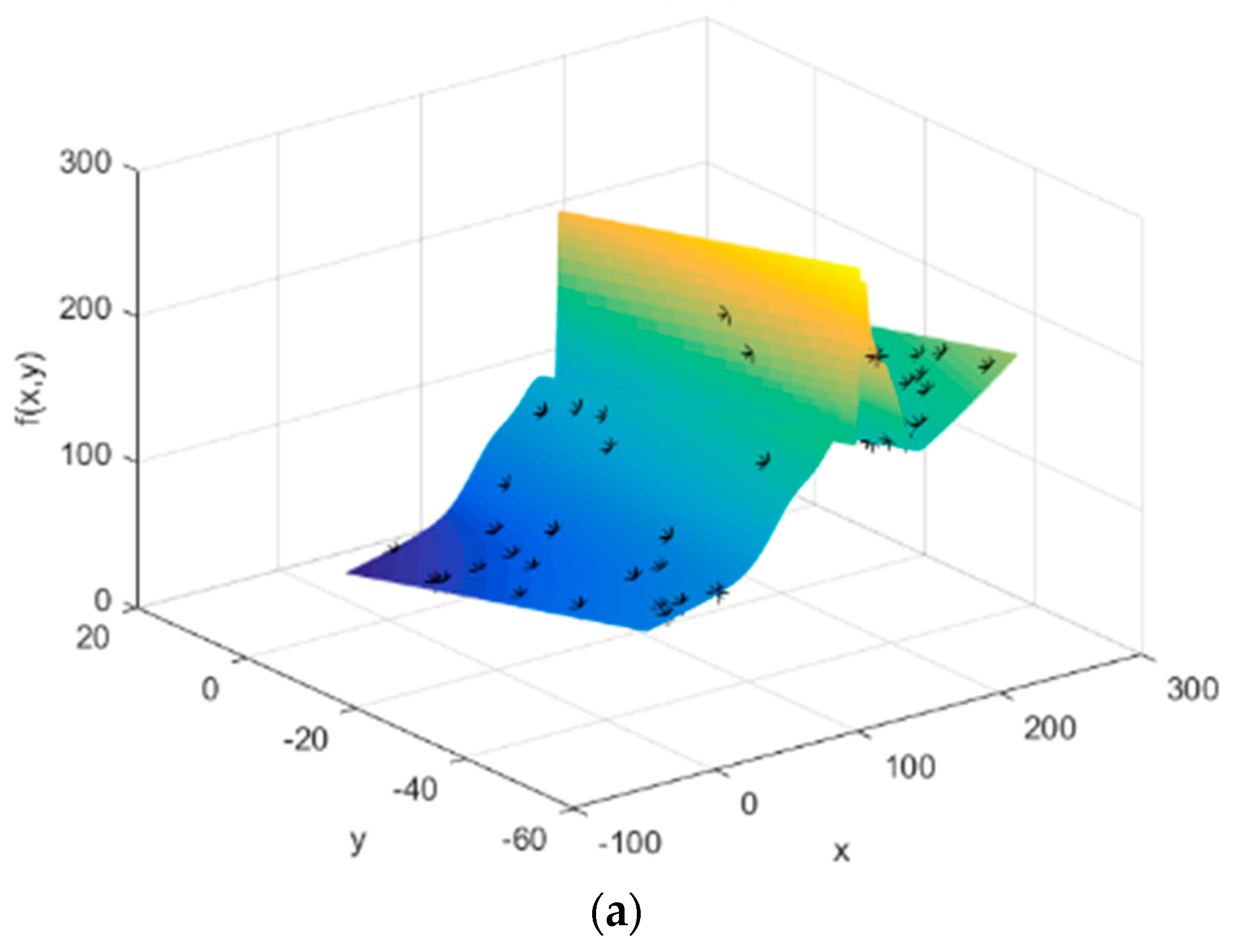
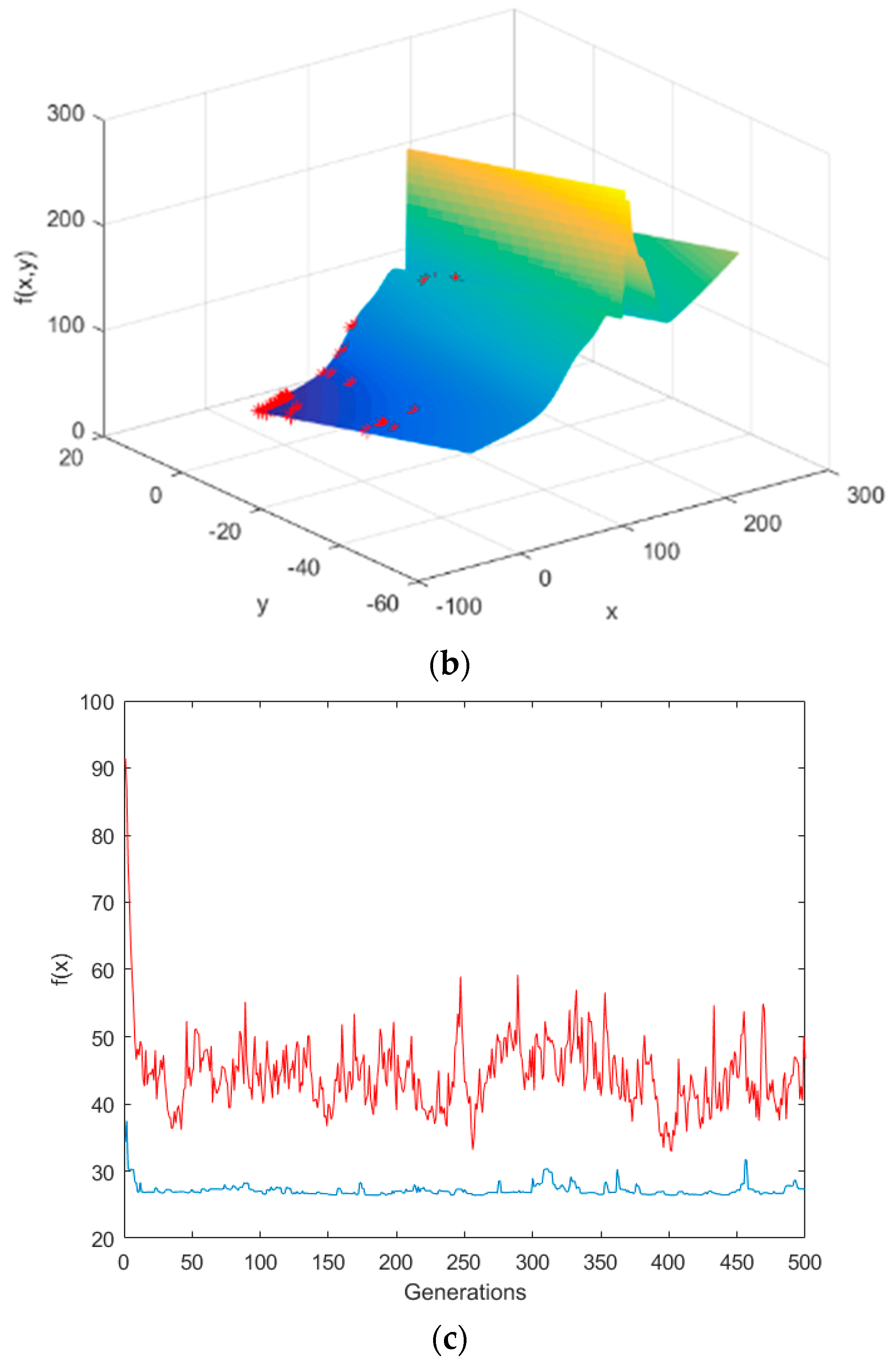
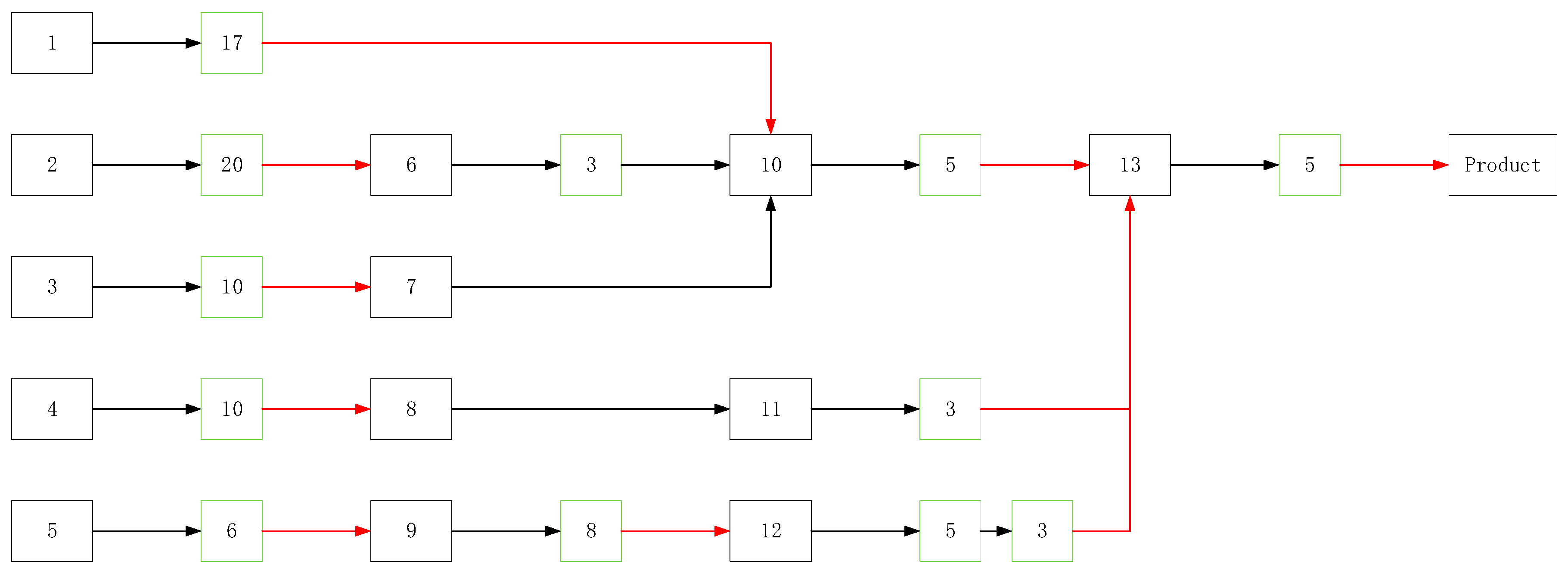
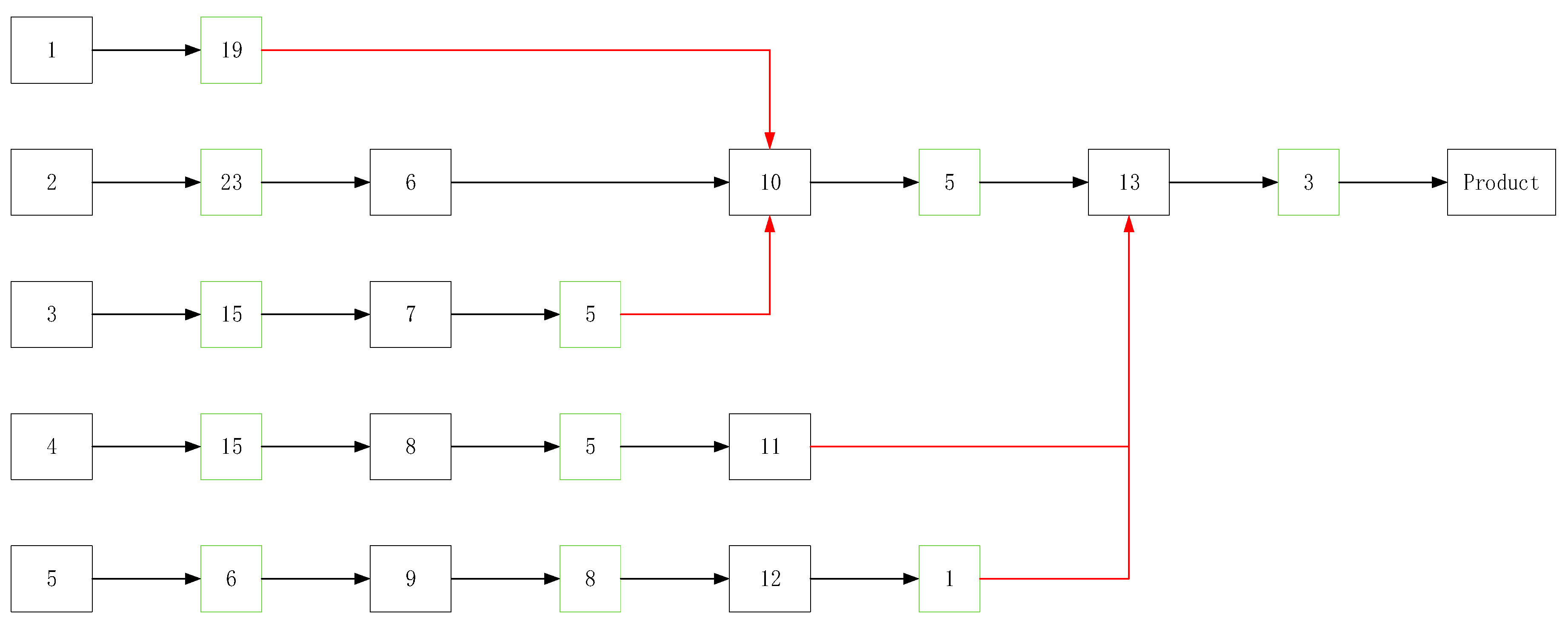
| Process | Stress | Strength | Reliability |
|---|---|---|---|
| Loading | 4.9982 | 3.4424 | 0.6331 |
| SMT | 139.1388 | 5.1437 | 0.7967 |
| Waving Welding | 163.8467 | 6.1099 | 0.8315 |
| Parameters | MLE | Stud-t | HPD |
|---|---|---|---|
| 1.179 | (0,2.497) | (1.500,2.005) | |
| 1.867 | (0.3,2.109) | (1.36,1.938) | |
| 2.405 | (2.235,2.591) | (2.099,2.423) | |
| 3.347 | (2.446,4.538) | (2.930,3.676) |
| No. | SS | Number of Problems | DIN | DR | Hp |
|---|---|---|---|---|---|
| 1 | 99.978% | 20 | 200 | 10.52607 | 0.389368 |
| 2 | 99.995% | 83 | 350 | 4.268288 | 0.37276 |
| 3 | 99.297% | 37 | 200 | 5.553395 | 0.38342 |
| 4 | 99.297% | 65 | 400 | 6.248633 | 0.37886 |
| 5 | 94.894% | 32 | 183 | 5.884339 | 0.41831 |
| 6 | 77.405% | 8 | 7.665 | 1.544 | 0.61974 |
| 7 | \ | 44.34 | 49.89395 | 1 | |
| 8 | \ | 69.2 | 75.448633 | 1 | |
| 9 | 98.106% | 28 | 6.105 | 2.3578 | 0.55391 |
| 10 | 91.618% | 27 | 63.30295 | 19.247 | 0.55757 |
| 11 | 77.405% | 15 | 74.014 | 8.1467 | 0.58672 |
| 12 | 91.618%;77.405% | 12;1 | 49.2298 | 15.91;37.55 | 0.85931 |
| 13 | 99.941% | 16 | 78.596 | 20.319 | 0.47683 |
| product | 0.37322 |
| Number | SS | Number of Problems | |
|---|---|---|---|
| 1 | 0.999919 | 0.270838 | 23 |
| 2 | 0.999989 | 0.285324 | 135 |
| 3 | 0.999411 | 0.306212 | 67 |
| 4 | 0.999411 | 0.051508 | 65 |
| 5 | 0.999411 | 0.164528 | 48 |
| 6 | 0 | 1 | \ |
| 7 | 0.916178 | 0.167138 | 32 |
| 8 | 0.916178 | 0.09126 | 28 |
| 9 | 0.98106 | 0.026507 | 28 |
| 10 | 0.916178 | 0.057906 | 13 |
| 11 | 0 | 1 | \ |
| 12 | 0.390924 | 0.09801 | 8 |
| 13 | 0.774049 | 0.026507 | 3 |
| Product | 0.0313 |
© 2018 by the authors. Licensee MDPI, Basel, Switzerland. This article is an open access article distributed under the terms and conditions of the Creative Commons Attribution (CC BY) license (http://creativecommons.org/licenses/by/4.0/).
Share and Cite
Huang, Y.; Dai, W.; Liu, L.; Zhao, Y. Screening Scheme Evaluation of the Assembly Process Based on the Stress-Strength Model and Defect Stream Analysis. Entropy 2018, 20, 447. https://doi.org/10.3390/e20060447
Huang Y, Dai W, Liu L, Zhao Y. Screening Scheme Evaluation of the Assembly Process Based on the Stress-Strength Model and Defect Stream Analysis. Entropy. 2018; 20(6):447. https://doi.org/10.3390/e20060447
Chicago/Turabian StyleHuang, Yubing, Wei Dai, Lianxi Liu, and Yu Zhao. 2018. "Screening Scheme Evaluation of the Assembly Process Based on the Stress-Strength Model and Defect Stream Analysis" Entropy 20, no. 6: 447. https://doi.org/10.3390/e20060447
APA StyleHuang, Y., Dai, W., Liu, L., & Zhao, Y. (2018). Screening Scheme Evaluation of the Assembly Process Based on the Stress-Strength Model and Defect Stream Analysis. Entropy, 20(6), 447. https://doi.org/10.3390/e20060447





